Last Updated on January 3, 2025
Joshimath, a spiritual town in Uttarakhand located in the Chamoli district, is also known by another name: Jyotirmath. Similar to Ukhimath, this holy place serves as the winter home of Lord Badri. During winter, the idol of Lord Badri is moved to Joshimath and worshipped while Badrinath Temple remains closed due to heavy snowfall. The idol is later shifted back to the Badrinath Temple at Vasudeva Temple. The origin of this temple dates back to the 8th century and is one of the four mathas (monasteries) established by Adi Guru Shankaracharya. One of the major attractions of this place is Kalpavriksha, a tree believed to be around 1,200 years old.
There are also other notable places to visit in Joshimath. The town is considered a hill station, situated at an elevation of 1,890 meters above sea level. It is considered the meeting point of the holy rivers Alaknanda and Dhauliganga, which flow towards Joshimath. Visitors can enjoy the view of Hathi Parvat and other Himalayan peaks, as well as activities like Himalayan treks, skiing, and camping. Joshimath also serves as the starting point for treks heading to the upper regions of the Himalayas. According to a recent report, the idol in the temple is gradually deteriorating. Joshimath also serves as the base camp for the trek to the Valley of Flowers.
One of the popular legends says that Lord Narsingh saved Prahlad from his aunt, who was deeply devoted to Lord Narsingh. She had tried to burn him alive as per the orders of her brother, Hiranyakashyap, who was a demon king. Lord Narsingh also killed Hiranyakashyap. The idol of Lord Narsingh in Joshimath is about 25 cm tall and sits on a lotus. Pilgrims can find the idol of Goddess Chandika sitting to the left of Lord Narsingh. On the right side of Lord Narsingh, one can spot the idols of Lord Ram, Goddess Sita, Lord Hanuman, and Garuda. The temple also houses idols of other gods such as Badrinath, Kuber, and Uddhav.
Location
Joshimath is located about 16 km from Auli and sits at an elevation of 1,890 meters above sea level in Chamoli District, Uttarakhand. Vishnuprayag, known as the confluence of the holy rivers Alaknanda and Dhauliganga, is located nearby.
Major Festivals Celebrated in Joshimath
Holi

Holi, the festival of colors, is celebrated with great enthusiasm in Joshimath. The celebration is linked to the legend of Prahlad and Hiranyakashyap, symbolizing the triumph of good over evil.
Narsingh Jayanti

Narsingh Jayanti commemorates the day when Lord Narsingh appeared in a half-human, half-lion form. The festival falls on Shukla Chaturdashi in the month of Vaishakh.
Places to Visit In-Around Joshimath
Ropeway

The Joshimath-Auli Ropeway is the longest and highest ropeway in Asia, connecting Joshimath to Auli. It is the most visited and popular attraction in Joshimath. However, it is only operational during the summer months, and tourists can enjoy a breathtaking view of the snow-covered mountains. The fare for the ropeway ride is ₹750, but this is well worth the experience. The view of colorful trees and animals from an elevation of around 3,010 meters is truly mesmerizing. The ropeway operates on chair cars and an airlift system.
Ghangaria

Ghangaria is the base from where the trek to Hemkund Sahib and the Valley of Flowers begins. Situated at an elevation of 3,000 meters in the western Himalayas, Ghangaria is known for its soul-enriching natural landscapes and ambiance. Tourists often prefer visiting during the summer or early winter due to the favorable weather conditions. The locals in Ghangaria are highly adaptable, having lived through extreme climatic changes. If you are looking to revive your soul and escape the stresses of daily life, Ghangaria is a perfect destination.
Kalpavriksha

This ancient tree holds great religious significance for Hindus. It is believed to be over 1,200 years old and is evergreen, shedding no leaves even during autumn. Kalpavriksha is mentioned in many Hindu scriptures as Kalpataru. The legend behind its origin is that Adi Shankaracharya chose this mulberry tree to show his devotion to Lord Shiva, and hence the Jyoteshwar Mahadev Temple is located beneath it. This ancient tree blooms but bears no fruit, possibly due to its old age. A small Mahadev temple has been constructed under the tree, where devotees pay their respects and meditate.
Narsingh Temple

This temple is known as the winter residence of Lord Badrinath. During winter, the idol of Lord Badrinath is shifted to this temple, as the Badrinath Temple becomes inaccessible due to heavy snowfall. The temple is dedicated to Lord Narsingh, and the idols of Lord Narsingh and Lord Badrinath are worshipped together during winter. The idol of Lord Narsingh is deteriorating, and there is a belief that if the right hand of the idol melts, a devastating landslide will occur. The idol of Lord Narsingh is depicted as half-human and half-lion, representing the fourth incarnation of Lord Vishnu.
Nanda Devi National Park

The Nanda Devi National Park spans an area of nearly 630 square kilometers and is surrounded on all sides by the Nanda Devi mountain range. It is part of the Endemic Area of the Western Himalayas and, along with the Valley of Flowers, was declared a UNESCO World Heritage Site. The park is home to a variety of wildlife, including snow leopards, Himalayan black bears, musk deer, and Himalayan tahr. Additionally, the park features over 312 species of flowers and a wide range of alpine vegetation.
How to Reach
By Air
The nearest airport to Joshimath is Jolly Grant Airport, located approximately 273 kilometers away.
By Rail
The closest railway stations to Joshimath are in Dehradun (294 km) and Rishikesh (256 km).
By Road
You can easily take a bus from ISBT Kashmiri Gate, New Delhi, to Joshimath. From the Joshimath bus stand, the temple is within walking distance. Shared taxis and buses are also readily available to travel within Uttarakhand.
Best Time to Visit
Winter
Winter is not the best time to visit Joshimath, as the region experiences freezing temperatures ranging from 0°C to -15°C. Heavy snowfall can lead to road closures and other challenges.
Summer
The best time to visit Joshimath is during the summer months (April to June), when the weather is pleasant, with temperatures ranging from 15°C to 25°C. This is ideal for trekking, sightseeing, and outdoor activities.
Monsoon
Visiting Joshimath during the monsoon (July to September) can be challenging due to heavy rainfall, which may lead to roadblocks. The weather can also be unpredictable and chilly at night.
Accommodation
Joshimath offers a variety of accommodation options, from budget hotels to luxurious resorts with amenities such as swimming pools and gyms. The Uttarakhand state government also provides tourist bungalows for pilgrims. It is advisable to book accommodations in advance, especially during peak tourist seasons, to avoid any inconvenience.
Cuisines of Joshimath
Joshimath offers a variety of delicious North Indian and South Indian dishes. While the food is authentic and flavorful, there may be limited options for Chinese cuisine in the area.
Tips to be followed while Planning Joshimath Excursion
- Check the local weather conditions before your trip, as Joshimath’s climate can be quite unpredictable.
- If you plan to enjoy skiing, visit in February when the snow conditions are ideal.
- Carry sufficient cash, as ATMs may not be easily accessible in remote areas.
- Be prepared for altitude-related challenges if you’re trekking to higher altitudes.
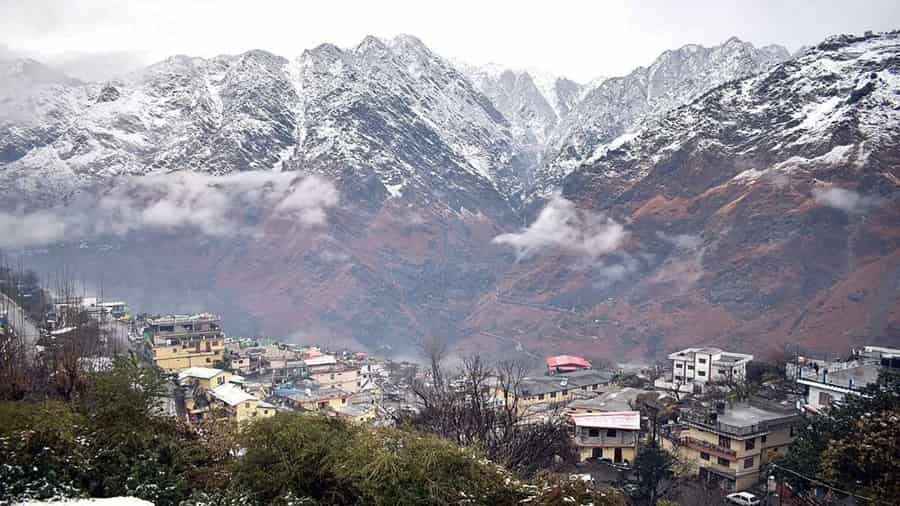
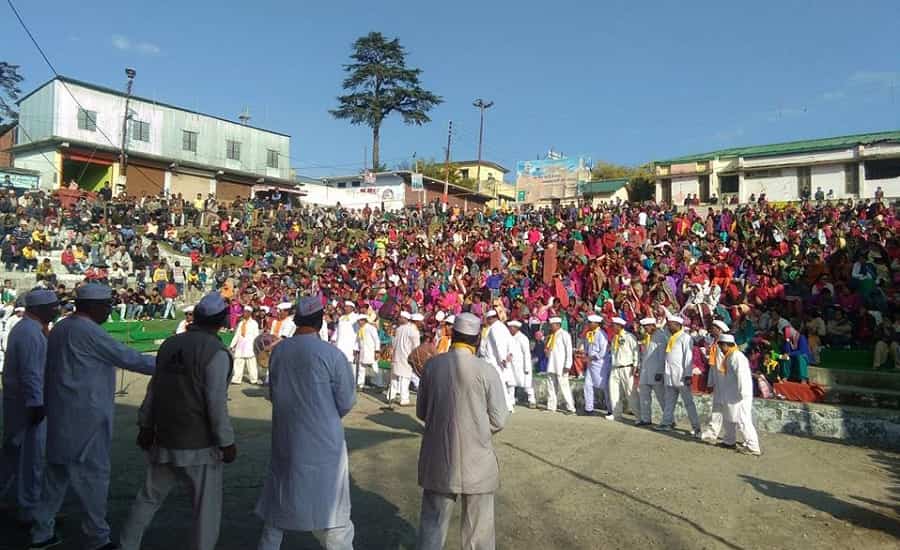

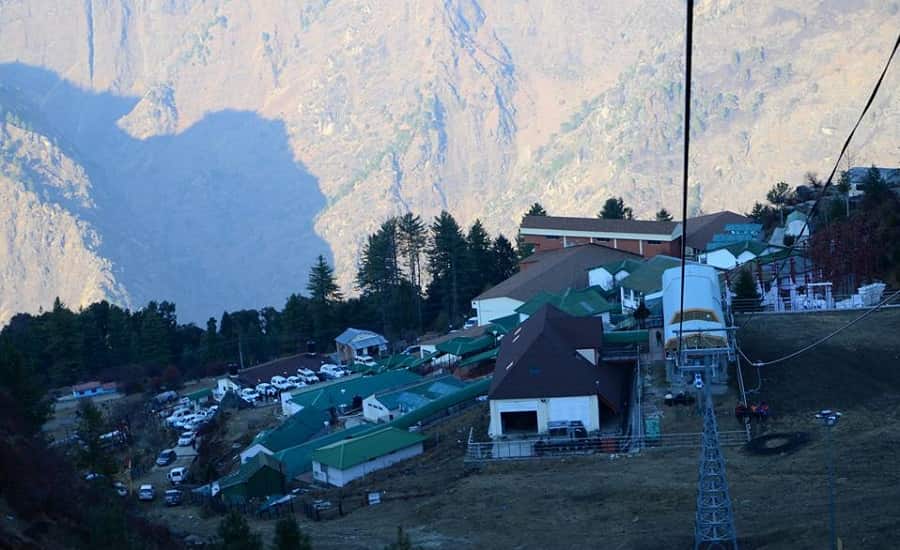

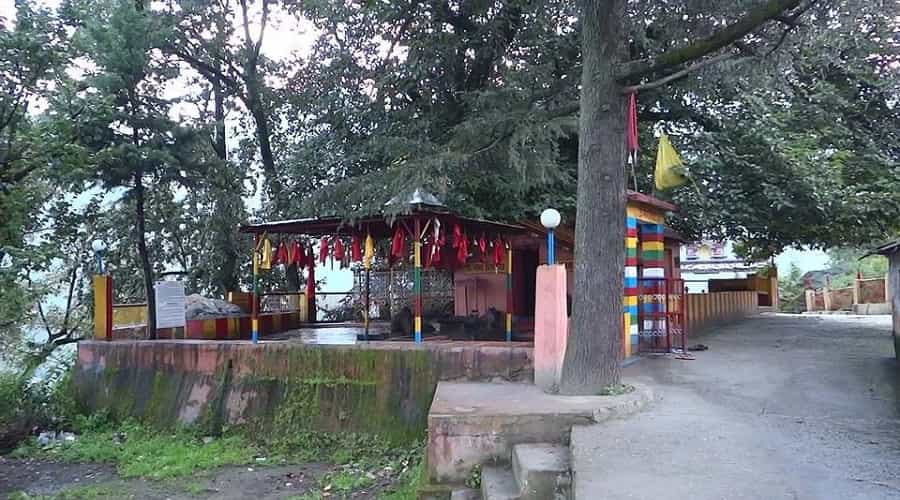
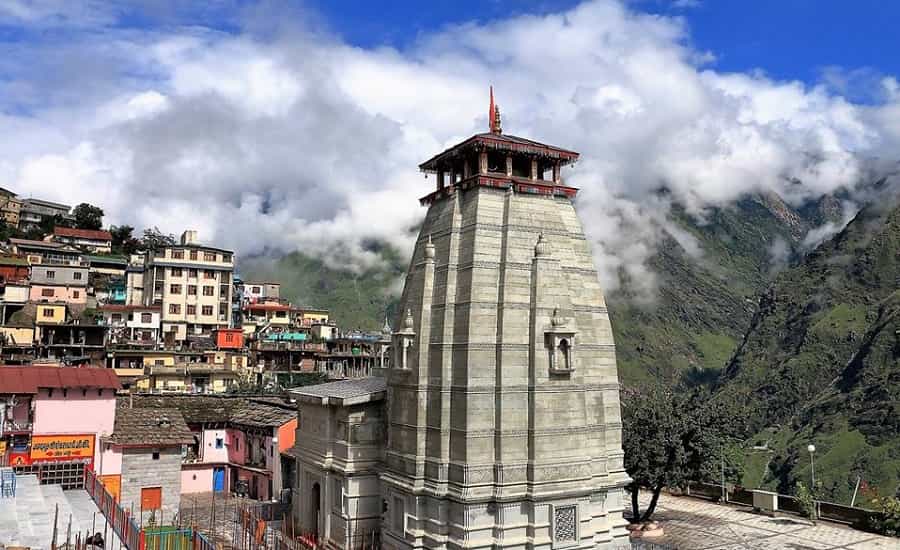
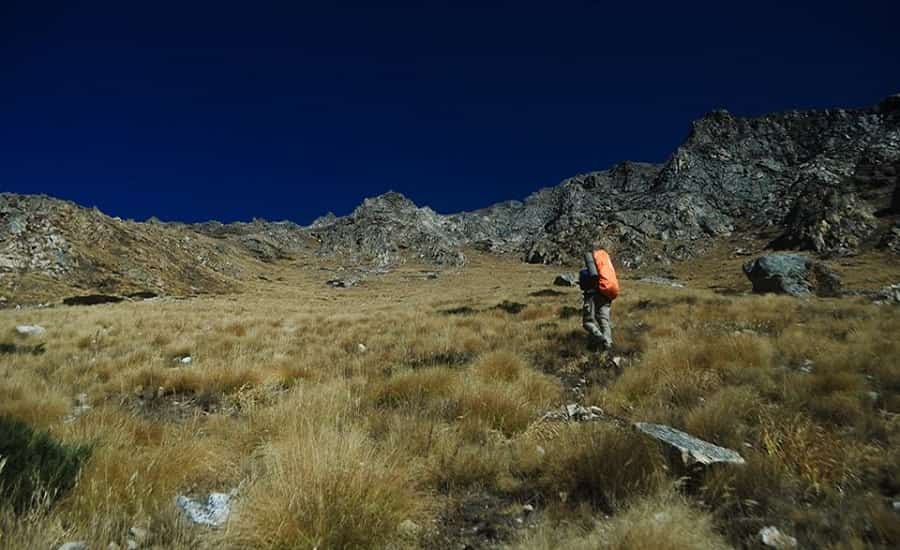

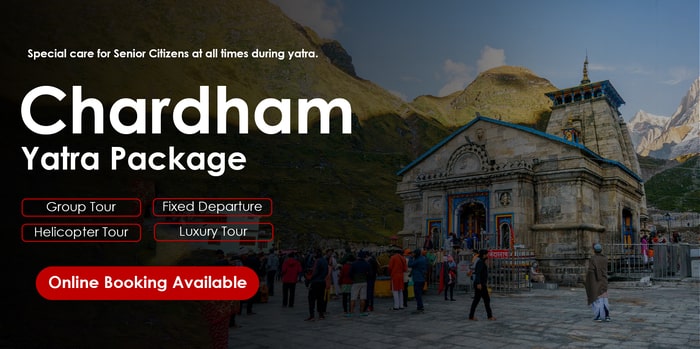

 Call
Call Enquiry
Enquiry